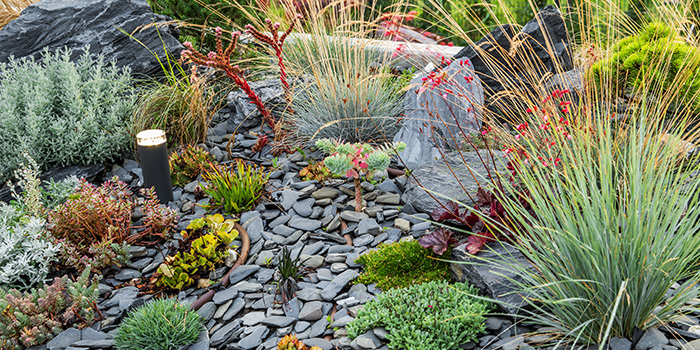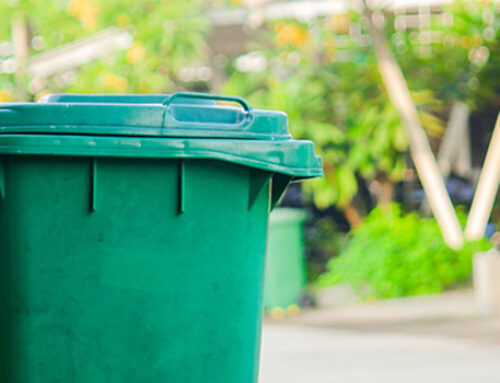In regions where droughts are common, traditional lush landscapes may not be practical for homeowners. Instead, embracing drought-friendly landscaping, or xeriscaping, offers a sustainable and visually appealing alternative. By creating a landscape that conserves water and requires less maintenance, homeowners can improve the aesthetic appeal of their property, which can improve property values. Transforming your yard isn’t as difficult as it sounds, and we can help lead you to the start of something new.
Understanding Drought-Friendly Landscaping
Drought-friendly landscaping involves designing and maintaining gardens and outdoor spaces that require minimal water. Think gravel, stones, and selected areas of plants. This approach not only conserves water but also reduces maintenance efforts and costs. By selecting the right design techniques, homeowners are able to create a beautiful landscape that benefits both themselves and the environment.
Benefits of Drought-Friendly Landscaping
Cost – Having a drought-friendly landscape significantly reduces water bills that would previously be used to water plants.
Environment – With the significant reduction of water usage, drought-friendly landscaping helps the environment with water conservation.
Low Maintenance – Without having to consistently water, fertilize and prune plants, less effort is required.
Making a Drought Friendly Landscape
Plan – The start to any new project is to plan. With drought friendly landscaping, homeowners can use creativity to bring value into their yard that is low-maintenance and easy on the eyes. Assess your current landscape, including soil type, sunlight, temperatures, and the layout to emphasis what can stay and what takes too many resources.
Soil – The first step after assessing your current soil is to make improvements catering to your own through research and local resources. It is common practice to add organic matter to improve water retention.
Gravel & Mulch – Adding a layer of gravel or mulch greatly reduces evaporation and is common in xeriscaping.
Plants – When researching plants, start regional. Native plants will do best in your current climate. Once those ideas have been exhausted, look into succulents, sage, ornamental grasses, and other drought resistant plant types.
Irrigation – Installing a drip irrigation – or an irrigation system that delivers water directly to plants roots – can help reduce water waste. Additionally, irrigation systems can be timed according to the weather, or watered at nighttime to reduce evaporation.
Drought-friendly landscaping is a practical and environmentally responsible way to create a beautiful outdoor space. Through planting native plants and integrating soil improvements, homeowners can create a yard that is low maintenance and benefits themselves and the environment.
For more helpful tips for your HOA community be sure to visit our blog where we regularly publish helpful articles. Or if you’re looking for help managing your community association, contact us today to receive a free HOA management proposal and see what makes us refreshingly different.






